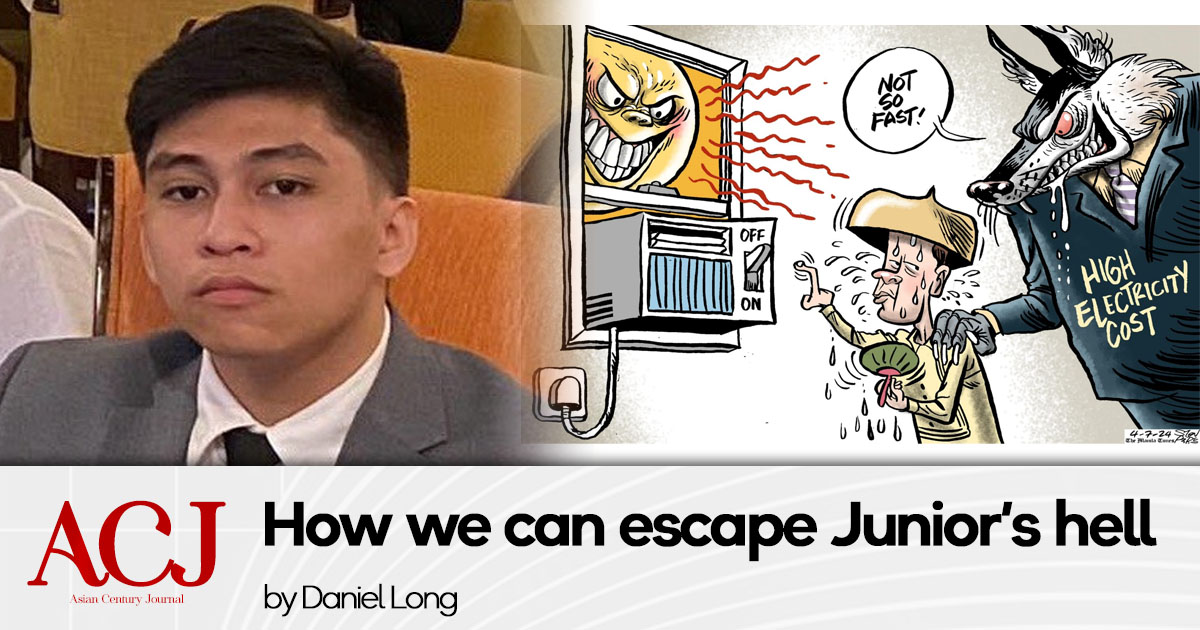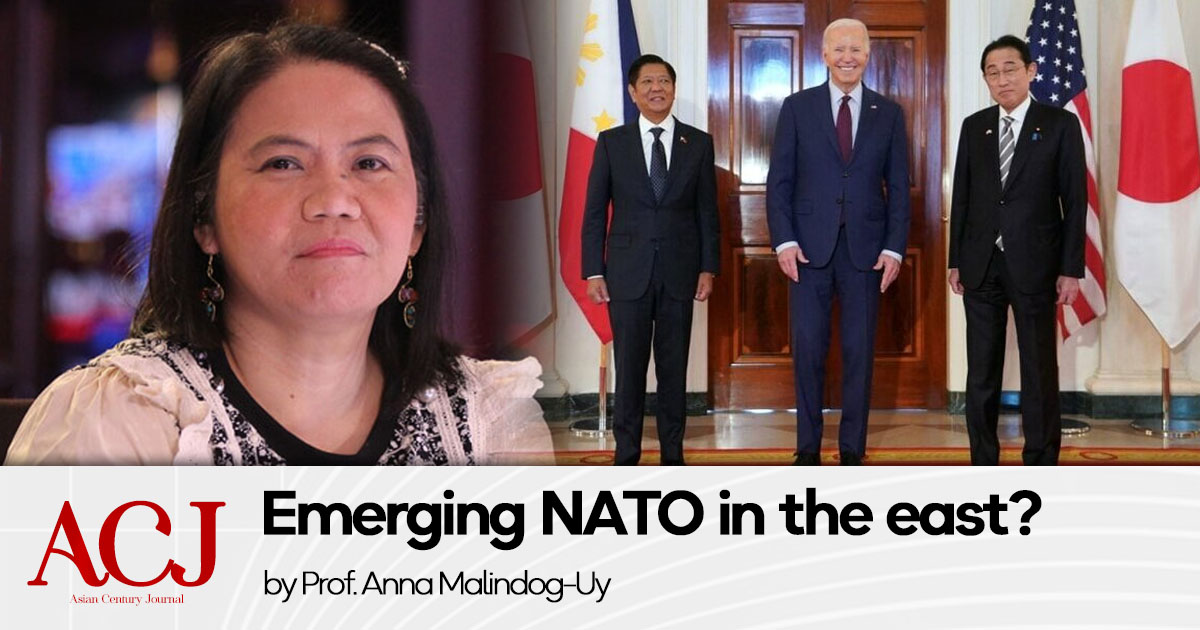Herman Tiu Laurel / Phil-BRICS Strategic Studies / June 9, 2020
The thirty-first anniversary to the controversial “Tiananmen Square” that the West continues to hype every year as a “massacre” – that actually never was.
What happened on that day of June 4, 1989 was described by Jay Mathews, Washington Post’s Beijing Bureau Chief, “as far as can be determined from the available evidence, NO ONE DIED that night in Tiananmen Square.”
It was also Jay Mathews who exposed the dramatic but gigantic lying claim that the Tiananmen democracy movement student idol Wu’er Kaixi gave out to the international media that he saw 200 students cut down by machine gun fire in the Square. Mathew noted, “It was later proven that he left the square several hours before the events he described.”
Mathews documented this in the 1998 September/October issue of the Columbia Journalism Review entitled “The Myth of Tiananmen’… and the price of a passive press.”

CBS News reporter Richard Roth was also there in Tiananmen Square throughout those dramatic days in Beijing, and in another postscript done in 2009 about the reported “massacre” at Tiananmen Square he wrote this time “There Was No ‘Tiananmen Square Massacre.”
The list of eyewitness denials to the truth of the Tiananmen Massacre story grows longer as time passes and fear of consequences of denying the official U.S. propaganda recedes.
In 2009 too, BBC News reporter James Miles wrote in his article, “Tiananmen killings: Were the media right?… The first draft of history can be crude. … some of its details might need … even correction… Such was the case with the massacre in Beijing on 3 and 4 June, 1989. I was one of the foreign journalists who witnessed the events that night…. but on one detail I and others conveyed the wrong impression. There was no massacre on Tiananmen Square.”
Graham Earnshaw, Chinese speaking former Reuter’s bureau chief (1985-1987) in Beijing and reporter was in Tokyo reporting the financial markets for his news agency when the call came in to cover the events in China and Tiananmen Square.
In his memoirs recollecting his night at Tiananmen Square on June 4th itself he said, “… the military came, negotiated with the students and made everyone leave peacefully” and that “nobody died in the square.”
There was physical confrontation between protesters and the military and police at approaches to Tiananmen Square, around Beijing and its outskirts. The police and military were passive until, as Wikipedia’s account described it in a section “Protestors attack the PLA’s troopers.” Many soldiers were victims, no different from the fiver (5) police officers shot recently in the U.S. “I can’t breathe” protests.
Here is the account of Gregory Clark, a Chinese speaking former Australian diplomat and regular contributor to the Japan Times in his article in 2014, on “What really happened at Tiananmen?”:
“To date the world seems to have assumed that those buses were fired by the crowds after the soldiers had started shooting. In fact, it was the reverse — that the crowds attacked the buses as they entered Beijing, incinerating dozens of soldiers inside, and only then did the shooting begin. Here too we do need not go far to find the evidence — in the not publicized photos of soldiers with horrible burns seeking shelter in nearby houses, and reports of charred corpses being strung from overpasses.”
Some of the goriest images from the violence are of soldiers being lynched and burned to their bare bodies, tanks being lighted afire, police being beaten to death. The official death count is around 300 while the Western press have given wild estimates of 10,000. In 2009 many of the black and distorted reports have been corrected by the Western media, which may be due to the U.S. Financial Crash and China’s role in propping up the global economy since then.
There were also creeping elements and the geopolitics behind the scenes, in the violence like the suspected Antifa in the current U.S. protest violence, elements operated by the CIA and Taiwan intelligence active during turmoil in Beijing in 1989 and even before, and in the ideological front. Dennis Etler in Military Watch magazine reports “The Truth Behind the Myth of the ‘Tiananmen Square Massacre’”:
“As documented by Godfree Roberts in ‘Tiananmen Square, 1989 – Revisited’: In 1986 Soros (George) endowed his Fund for the Reform and Opening of China with one million dollars – a huge sum for China those days – to promote cultural and intellectual exchanges with Zhao’s Institute for Economic Structural Reform… the National Endowment Fund (NED) opened two office in China, gave regular seminars on democracy, sponsored select Chinese writers and publications, recruited students…”
“Zhao Ziyang, former Chinese Premier… at the time of the Tiananmen protest was China’s Gorbachev. Zhao in his memoir stated that ‘China should adopt a free press, freedom to organize, an independent judiciary, and a multiparty parliamentary democracy… privatization of state-owned enterprises, the separation of the Party and the state…” We all have seen how such untimely “reforms” destroyed the U.S.S.R. and other countries such as the Philippines.
Brian Becker, the well-known A.N.S.W.E.R. (Act Now to Stop War and End Racism coalition wrote in his article in Liberation “Tiananmen: The Massacre that Wasn’t” believes the Tiananmen events was something even worse that few imagined could be attempted by the U.S. at that point in time:
“Attempted counter-revolution in China”…
“In fact, the U.S. government was actively involved in promoting the ‘pro-democracy’ protests through an extensive, well-funded, internationally coordinated propaganda machine that pumped out rumors, half-truths and lies from the moment the protests started in mid-April 1989…
“In the case of the ‘pro-democracy’ protests in China in 1989 the U.S. government was attempting to create a civil war. The Voice of America increased its Chinese language broadcasts to 11 hours each day and targeted the broadcast ‘directly to about 2,000 satellite dishes in China…
“The Voice of America broadcasts to PLA units were filled with reports that some PLA units were firing on others and different units were loyal to the protestors…”
One intention of my article for the anniversary of the Tiananmen event is the celebration of truth: that there was no massacre at the Tiananmen Square.
That is now indubitably confirmed by dozens upon dozens of undoubtedly credible witnesses and rapporteurs from the Western media itself in a sort of “mea culpa.” This is important for especially for the Filipino intelligentsia so immersed in western WMD – Weapon of Mass Disinformation.
Although many Western reporters present at the scene in Tiananmen Square in the week of June 4th in Beijing have come out to correct the thirty-one years of misinformation about the event, some still harbor unjustified prejudice about the Chinese communist party and describe it as “a brutal regime” despite the fact that it has by the end of this year lifted all of its 1.4-billion people out of poverty and created a middle-class of 500-million consumers of the world’s goods.
Despite the facts and admissions of errors most Western journalists like Jay Mathews still contend there was a “massacre,” though not at Tiananmen. But what is a massacre? Is a situation where violent elements use Molotov bombs and/or grab police and military arms from passive law enforcers to engage in an armed fight and both sides suffer casualties, can the deaths in such an engagement be considered a “massacre”? The clashes and casualties were not a one-sided affair to be classified as a “massacre”.
The general rejection of that claim by some Western media and sources of 10,000 casualties in the entire Tiananmen incident story and growing acceptance of the veracity of the Chinese report of 300 casualties and around 2,000 wounded including dozens of police and military men as well as students and workers in scattered clashes across the city, the figures and make-up of the casualties clearly does not make for a “massacre.”
Many of the “mea culpas” of Western media are accompanied by justifications and rationalizations, here’s Jim Mathew’s:
“’It is hard to find a journalist who has not contributed to the misimpression. Rereading my own stories published after Tiananmen, I found several references to the “Tiananmen massacre.” At the time, I considered this space-saving shorthand. I assumed the reader would know that I meant the massacre that occurred in Beijing after the Tiananmen demonstrations. But my fuzziness helped keep the falsehood alive.
“Given enough time, such rumors can grow even larger and more distorted. When a journalist as careful and well-informed as Tim Russert, NBC’s Washington bureau chief, can fall prey to the most feverish versions of the fable, the sad consequences of reportorial laziness become clear. On May 31 on Meet the Press, Russert referred to “tens of thousands” of deaths in Tiananmen Square.”
I doubt that the errors were just caused by “laziness” or “space-saving shorthand.”
Lastly, the story and photo of the “Tank Man” which the Western media had portrayed as the act of a heroic civilian stopping a tank column from joining the assault on Tiananmen Square. Gregory Clark’s report in “The Truth about “tankman’” published in 2017 in the Foreign Correspondents’ Club of Japan said this:
“According to the man who took the photo, AP photographer Jeff Widener, the photo dates from June 5 the day after the Tiananmen Square incident. The takes were headed away from, and not towards, the Square… The lead tank had gone out of its way to avoid causing him injury.
“I would also add that there was no massacre in Tiananmen Square on the night of June 3 and 4. There was fighting and killing but it was almost entirely outside the Square; Widener notes how that evening he saw a soldier being dragged from his troop carried by angry crowds and killed.
“The New York Times has run the Tankman photo several times, most recently in an article praising publication of some other photos claiming a ‘new look at Tiananmen protest’… Yet it refuses pointblank even to acknowledge receipt of a note from myself pointing out the inaccuracies in its description a photo which is used to fuel anti-Beijing protests around the globe…”






Leave a Reply to Piloso PotassiumCancel reply